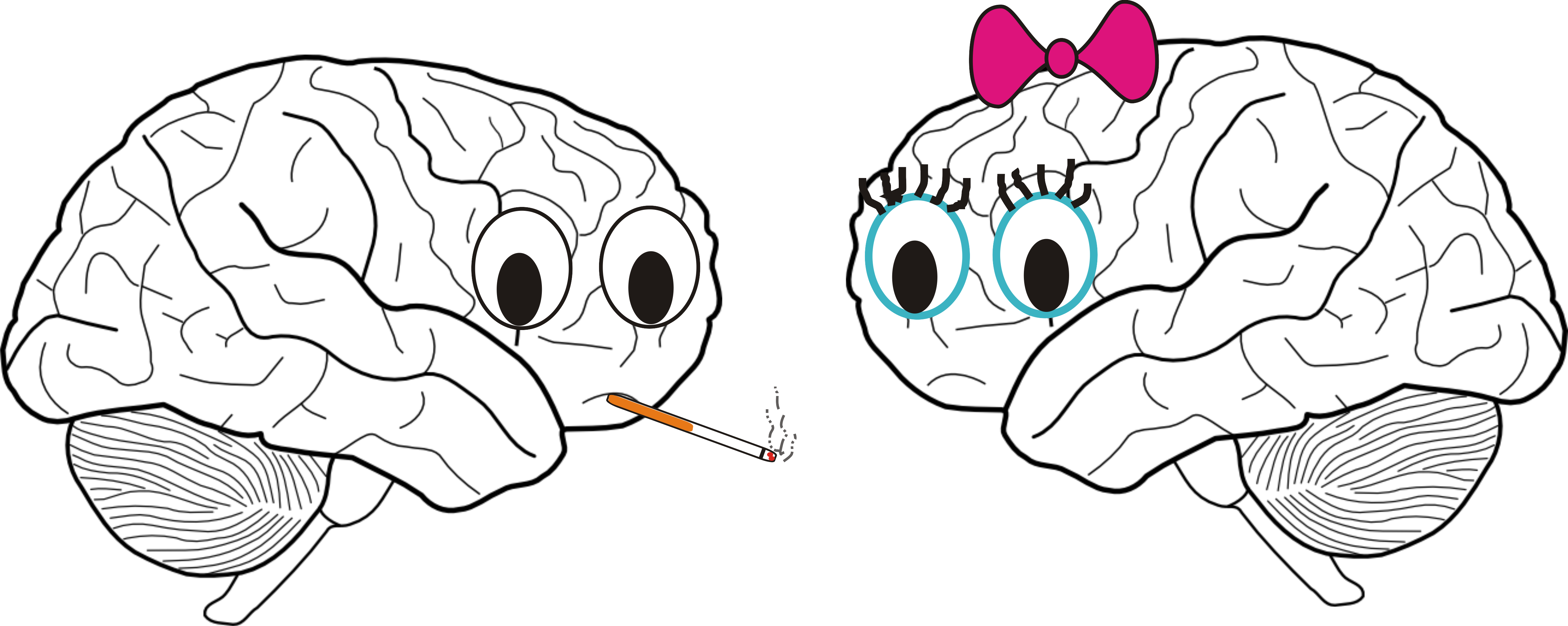Stuck in the lab: why gender bias lingers in research

A gender bias in research, whereby women are underrepresented in studies, has been established for some time now. In 1993, the National Institute for Health (NIH) released their Revitalization Act, demanding that women be represented in clinical studies. Despite a subsequent increase in inclusivity, reports estimate that women still only make up around 30% of participants in early clinical trials for pharmaceuticals[1]. These figures are even worse for preclinical studies investigating cells and rodents, where 8 out of 10 studies were shown to have a male bias[2]. But why is this?
Reasons for female exclusion
The oldest argument for the exclusion of females in studies is that the menstrual cycle causes variation between individuals that must be controlled for. When controlling for additional factors, data analysis becomes complicated and more participants are needed. However, evidence suggests that inter-individual variation is actually greater in males, perhaps due to stronger sexual selection (competition), thus this argument holds little traction[3].
The second justification given is the risk to fertility. This fear was fuelled by the 1950s thalidomide scandal, where the prescription of a morning sickness drug to pregnant women resulted in birth defects in their unborn children[4]. However, excluding women from studies simply limits our understanding of drug safety and potentiates healthcare inequalities. For example, in 2019, the prophylactic anti-HIV drug Descovy was approved for use, but only for those assigned male at birth due to the exclusion of women from clinical trials[5]. Similarly, heart attack symptoms, e.g., chest pain, are derived from studies in men. As a result, there have been several cases of delayed treatment in women presenting with unrecognised (female) heart attack symptoms[6].
Beyond the binary
There is increasing support to look beyond the gender binary, and to include transgender and non-binary individuals in research. While gender identity is now understood as societally and biologically relevant[7], most research only reports sex assigned at birth. Thus, there is an argument for considering gender identity in data analysis, or even for instead investigating the effect of sex- and gender-related factors on medical outcomes, such as hormone levels and gender stereotypes[8].
What next?
Ultimately, most justifications for excluding females from studies have been rebutted, and there is a growing understanding that diversifying research, to include not just cis women but also individuals of transgender and non-binary gender, along with people of non-white ethnicities, will improve our understanding of disease, drug safety, and biology as a whole.
[1] https://www.clinicaltrialsarena.com/features/underrepresentation-women-early-stage-clinical-trials/
[2] https://www.ncbi.nlm.nih.gov/pmc/articles/PMC6877896/
[3] https://royalsocietypublishing.org/doi/10.1098/rsos.230713
[4] https://en.wikipedia.org/wiki/Thalidomide_scandal
[5] https://www.bmj.com/content/371/bmj.m3808
[6] https://www.imperial.ac.uk/news/247194/qa-how-medical-science-better-serve/
[7] https://www.ncbi.nlm.nih.gov/pmc/articles/PMC8909483/
[8] https://www.ncbi.nlm.nih.gov/pmc/articles/PMC8909483/
Edited by Despoina Allagioti
Copy-edited by Rachel Shannon







